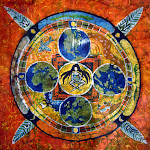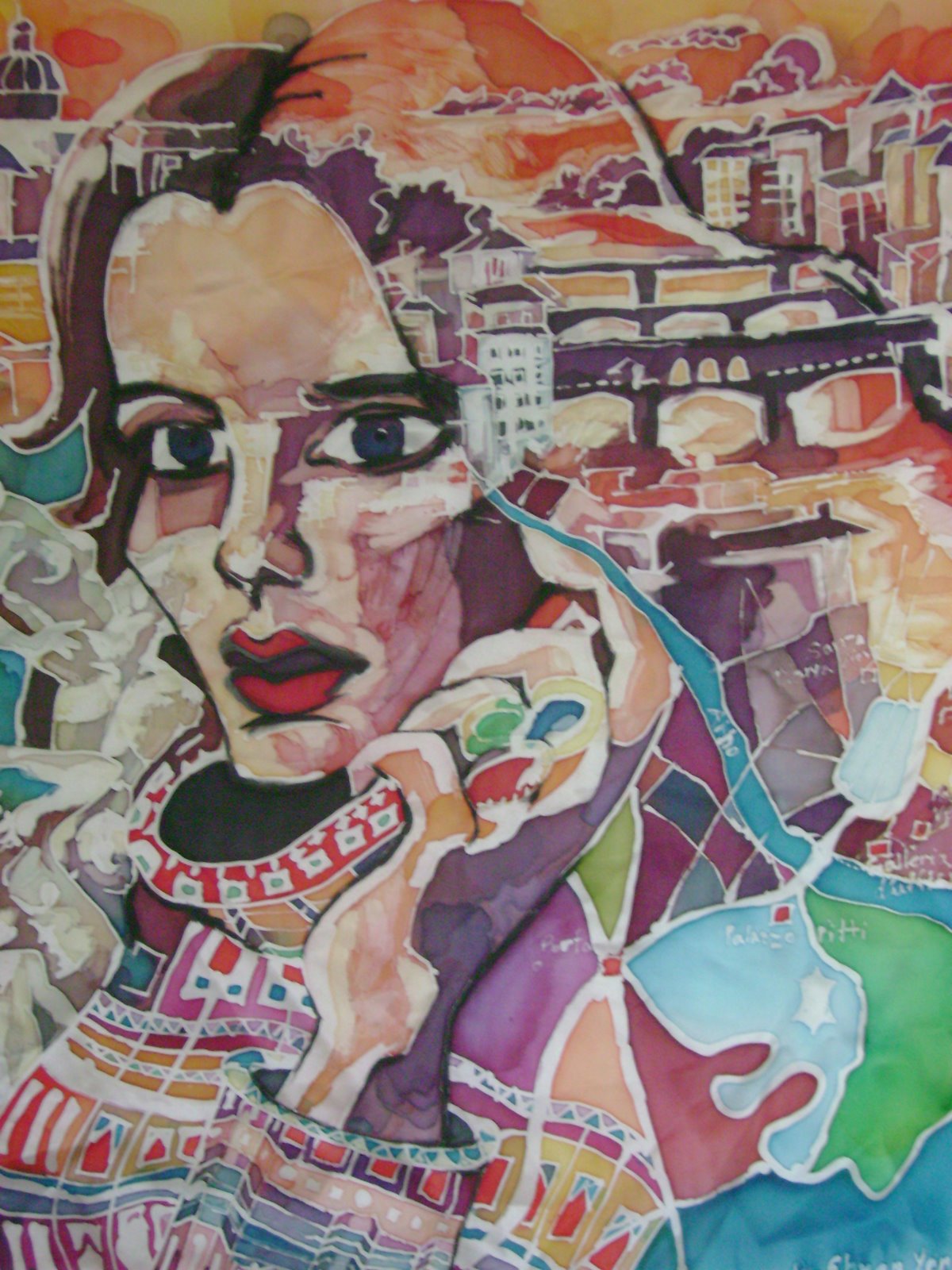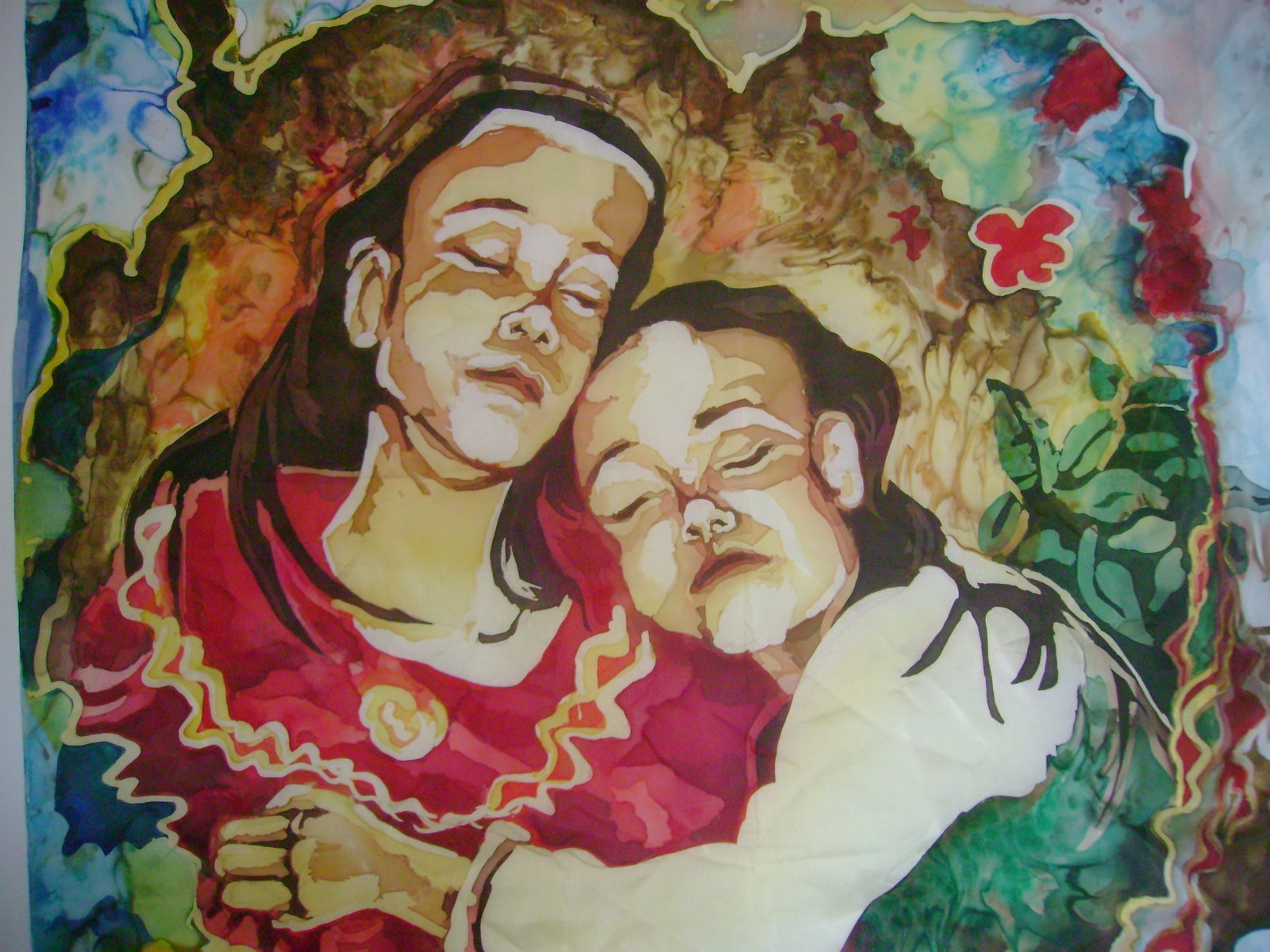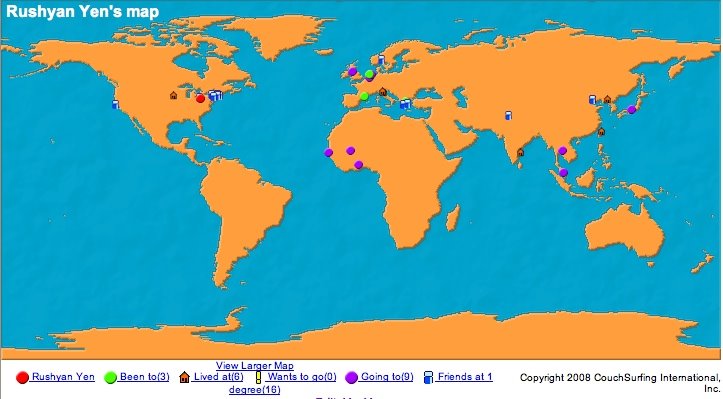
I was and still am left speechless by the stunning landscape and the complex and elaborate culture of the Dogon people. There honestly are no words to do this place justice – you simply MUST see this world for yourself. It is worth every penny and all of the many drops of sweat lost.

The Dogon take great pride in their gala (indigo) and bogolan fabric which incorporate the many symbols and designs of their culture. Most ubiquitous is the “Chiwara” an antelope that represents agricultural prowess and the “Dogon” sign of two contrasting U’s for the earth/sky and a bar in the center for the Dogon people.

Unlike in the big cities, no chemicals are involved in the traditional method and only recently have artisans begun to create “modern paintings’ using a bleach solution to make white.
In Dogon, the ‘ngalama’ leaves which make the yellow dye is called ‘akashia’ and instead of dying the entire fabric with it, it is instead mixed with indigo and drawn only onto the places where the clay will be applied and then drawn again on top of the clay.

The layers of clay and dye are repeated as often as necessary to make a deep permanent black. A drawing in the negative with bleach to remove color is thus never utilized.
The difference is obvious in the softer colors and more organic lines of the natural bogolan . If there is still any doubt just look on the back to make sure it is white and not pre-dyed.
The bark of the ‘local wine tree’ is used to color the fabric reddish-brown and it’s berries can be eaten or made into juice. Delicious!

Even the indigo is made only with the ashes of millet stalks. I can’t help but wonder how this is possible then the usual process requires both causic soda and hydrosulfite to make the blue truly colorfast. Maybe the Dogon really do have some sort of ancient magic!












No comments:
Post a Comment